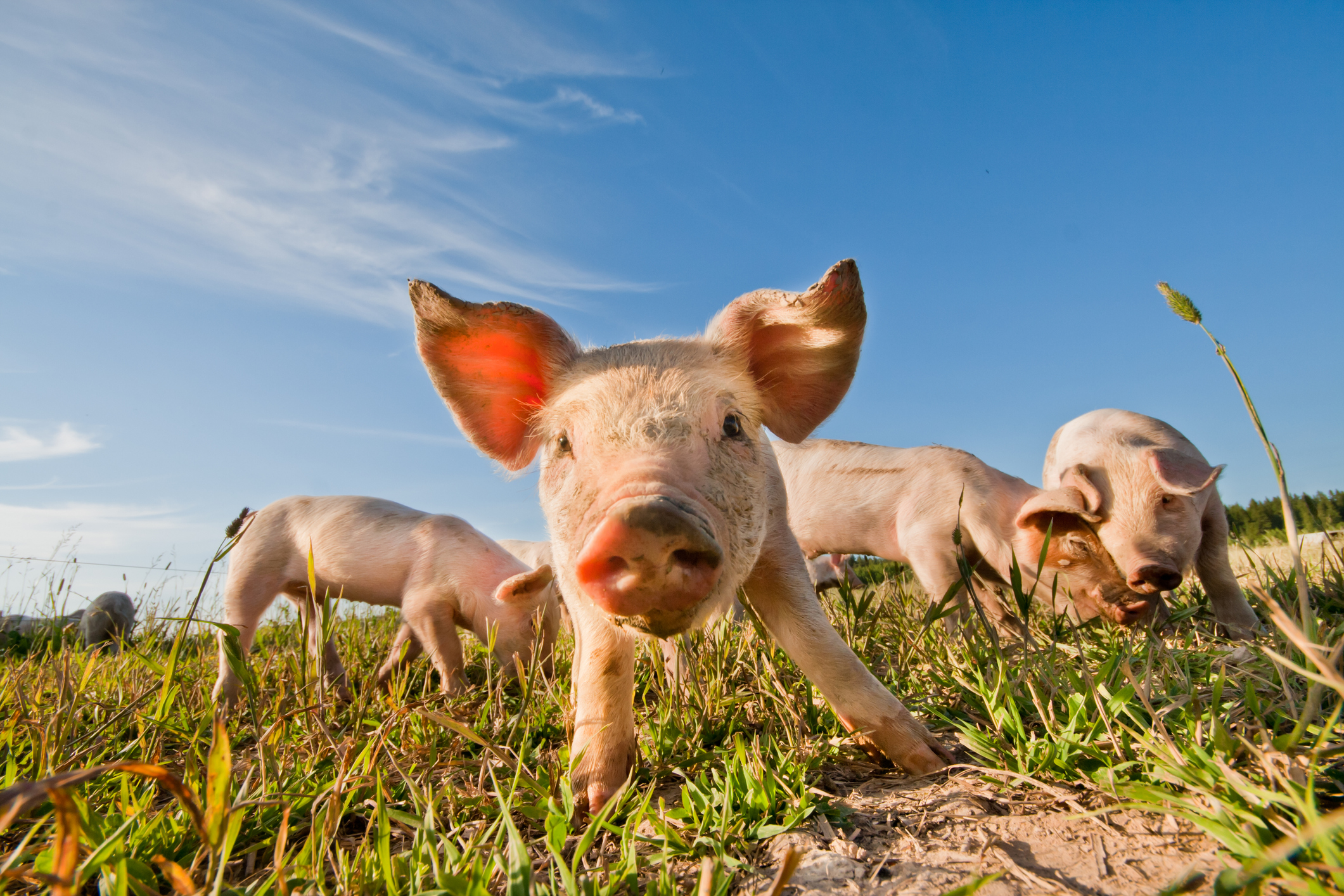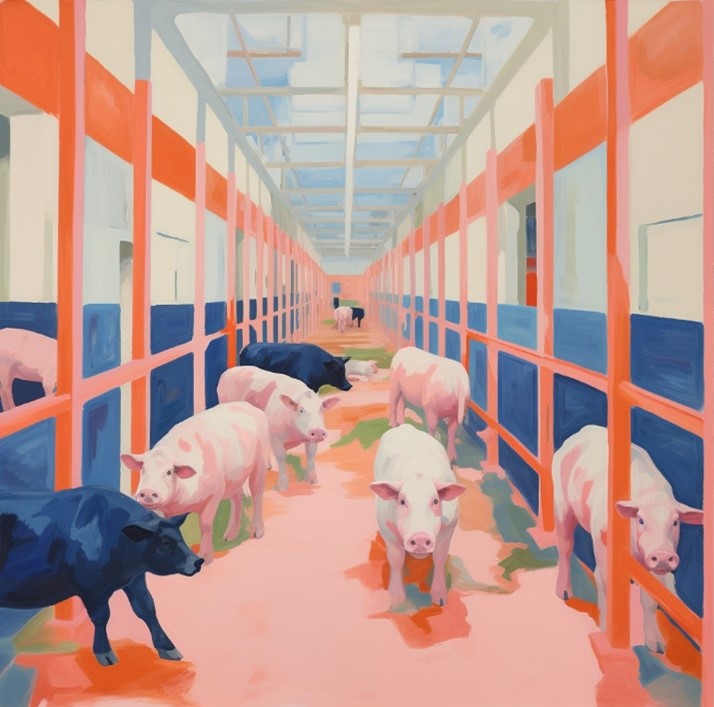African Swine Fever was first described in Kenya in 1921 and spread to Europe (serotype I) for the first time in 1957, becoming established in the Iberian Peninsula in the 1960’s. Heavy losses were experienced in areas of high pig production in Europe and subsequently the Caribbean and Brazil. Eradication was achieved only at a cost of several billion dollars and, for the Iberian Peninsula, took more than 30 years.
A second, wider introduction (serotype II) to the European Region took place in 2007, spreading north, west, and east from Georgia. African swine fever reached the Russian Federation in November 2007, believed to have spread from Georgia to Chechnya through infected wild boar. The disease quickly spread northwards to the Central and Volga Federal Districts, regions with significant pig populations, and moved northwest towards Ukraine, Belarus, Poland, and Estonia, Latvia and Lithuania. A 2013 report by the Food and Agriculture Organization (FAO) highlighted the role of infected pig products in spreading the disease, along with the movement of infected wild boar.
From 2007 to August 2018 several regions in Russia implemented local quarantines to control the spread. The disease also reached neighboring countries: Ukraine in August 2012, Belarus in June 2013, and the Baltic nations (Lithuania, Latvia, Estonia, and Poland) between January 2014 and July 2015. Estonia, in particular, faced significant challenges in 2015 with the culling of thousands of pigs and the disposal of carcasses. Latvia declared an ASF emergency in January 2017 following outbreaks in three regions, leading to massive culls. In the Czech Republic, the first ASF case in June 2017 was contained using odor fences.
In September 2018, African swine fever (ASF) reached southern Belgium, likely due to imported wild boars, leading to the preventive culling of 4,000 domestic pigs, and was successful in stamping out the outbreak in wild boar with the help of fencing. Two years later, in September 2020, Germany confirmed its first ASF case in a wild boar near the Polish border.
In South East and Central Europe, the disease progressed as well. Romania faced a nationwide pandemic in 2018, leading to widespread culling of farm pigs. That same year, Bulgaria and Slovakia reported their first ASF outbreaks, with Bulgaria experiencing multiple outbreaks on pig farms by July 2019. Slovakia reported its first outbreak in July 2019, and Northern Greece saw its first case in February 2020. Romania experienced another outbreak in January 2021. By January 2022, ASF had spread to Northern Italy, Latvia, and Hungary, and in September 2023, Sweden reported its first case. Ion the meantime, spread continued through the western Balkans, with cases declared in North Macedonia, Bosnia and Herzegovina, Croatia and Montenegro from 2022 to 2024.
Historically, attempts to create a vaccine against the disease started in the 1950’s, although unsuccessful for a long time. Since 2022, modified attenuated vaccines are more closely studied, but in practice, the control of ASF outbreaks relies on traditional biosecurity, culling, surveillance and zoning methods. WOAH has shared a message vaccination that is available at the link: WOAH’s warning to Veterinary Authorities and pig industry about the use of sub-standard vaccines.
This rich history of African Swine Fever in the European region has allowed European experts to accumulate field experience in the particular European context where wild boar, back yard farms and commercial farming of domestic pigs all play a role in viral circulation.
This page contains the situation awareness information on ASF.
Geographical distribution of outbreaks is easily represented on maps. Due to evolving situations, maps evolve constantly.
WAHIS presents the data submitted by members, where outbreaks are presented through initial and follow up reports. This page allows users to visualize the situation in the European region using filters and maps.
FAO Empres-I is a global animal disease information system. It is described by FAO as a web-based application designed to support Veterinary Services by facilitating the organisation and access to regional and global disease information. It also states that EMPRES-I aims to clarify disease events worldwide which are received from: country or regional project reports, field mission reports, partner non-government organisations (NGOs), cooperating institutions, government ministries of Agriculture and Health, FAO in-country representations and other UN parties, public domains, media and web-based health surveillance systems.
FAO animation of all ASF cases and outbreaks 2007 – 2019 (carto.com), providing a visualization of the spread of ASF through Russia and towards western Europe. An animation of all cumulative cases is available here: Spread of ASF genotype II in Eurasia since 2007 in domestic pig and wild boar.
The Animal Disease Information System (ADIS) of the European Commission contains interesting information for the countries in the region, but does not cover the entire region; Animal Disease Information System (ADIS) – European Commission (europa.eu). It is a disease management tool that ensures immediate notification of alert messages as well as detailed information about outbreaks of the most relevant animal diseases in the countries that are connected to the application.


